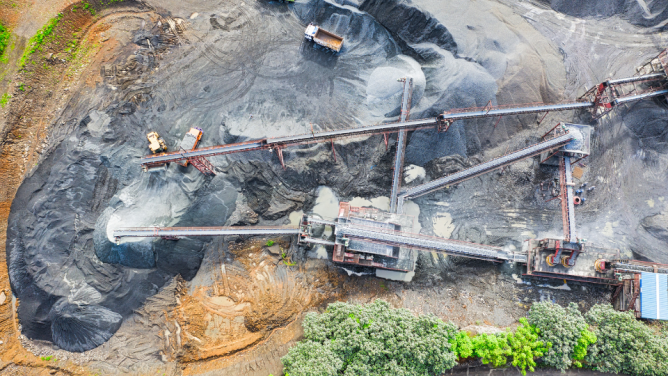Mixing rice ashes with cement to make bricks or using potato peels to create acoustic insulation are just some of the many possibilities. In Italy, researchers are focusing on waste from agricultural pruning, which has hygrothermal properties that could improve the energy performance of buildings (Science Direct). At the Mediamatic in Amsterdam, a mycelium has been combined with organic waste to form a material with amazing mechanical properties (Mediamatic).
The interest in bio-materials for construction is not new (The Guardian): in 2015, the “Building from Waste” exhibition in San Francisco was even dedicated to such materials (Karlsruher Institut für Technologie). Despite advances in research, many questions remain: how will bio-materials behave when exposed to different weather conditions or fire risks? How can we ensure a sufficient and consistent supply and quality? Answers to these questions are needed to comply with the applicable standards and the technical and functional requirements of the sector, agrees Arup, which hopes to initiate a wave of investments to support innovation and the shift to the industrial scale of what is too often seen as (brilliant) kitchen-table experimentation…


